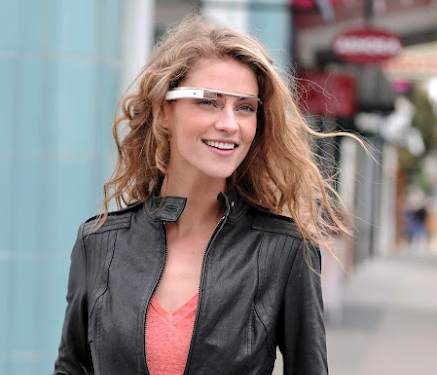Google has officially disclosed a number of details about Project Glass, an advanced platform that will be used to power augmented reality glasses.
The prototype glasses appear to be of a minimalist design, with a partly-transparent video screen that streams data in front of the right eye.
Although Mountain View declined to name a possible price point or launch date,The New York Times previously reported that the first set of Google glasses are likely to hit the streets for somewhere between $250-$600 before the end of the year.
“We think technology should work for you – to be there when you need it and get out of your way when you don’t. A group of us from Google[x] started Project Glass to build this kind of technology, one that helps you explore and share your world, putting you back in the moment,” a trio of Google engineers wrote in a blog post.
“We’re sharing this information now because we want to start a conversation and learn from your valuable input. So we took a few design photos to show what this technology could look like and created a video to demonstrate what it might enable you to do.”

While Google’s technology certainly seems impressive, Chris Green, principal analyst at Davies Murphy Group Europe, told the BBC other tech firms had failed to implement similar augmented reality initiatives.
“[Yes], there are huge opportunities for tailored advertising with augmented reality systems – especially if they have in-built GPS location tracking.
“[And yes], the monetization opportunities would [certainly] be enormous – but there are still big issues involved with shrinking the technology and making the computer that receives and processes the data truly portable,” he added.






